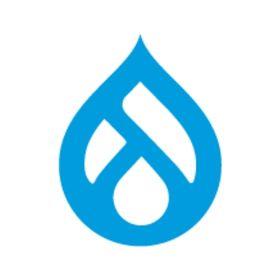Application Module that imports and manages Bills from the U.S. Library of Congress website as CCK nodes. It imports Representatives, Committees, Bills, and Bill Actions. It creates these CCK types when the module is installed, and imports this data on cron runs. It manages the automatic updating of this data as it changes.
It also implements an input filter called the "H.R." filter that looks for references to bills in the input text and converts these to links to the bill nodes. It recognizes several regular expressions, such as HR1234, H.R.1234, and even H.RES.1234 for Resolutions. The input filter must be enabled for the desired input format, presumably "Filtered HTML".
The administrator can control which user is the owner of the Bill nodes, what type of bills to download (Bills, Resolutions, Joint Resolutions, etc), and how much time to spend during each cron run. The module was built with Organic Groups in mind.
The data is retrieved from Thomas via two methods. The primary method is screen-scraping. The secondary method is by reading a document archive of XML files. The reason XML is the secondary method is that not all information is available via XML. However, this second method is important in that it does provide some additional information and it is the main indicator that something in the BIll has changed, and that the screen-scraping should be re-initiated.
This module depends on CCK and date. You must download these projects and put them in your modules directory.
 Still on Drupal 7? Security support for Drupal 7 ended on 5 January 2025. Please visit our Drupal 7 End of Life resources page to review all of your options.
Still on Drupal 7? Security support for Drupal 7 ended on 5 January 2025. Please visit our Drupal 7 End of Life resources page to review all of your options.